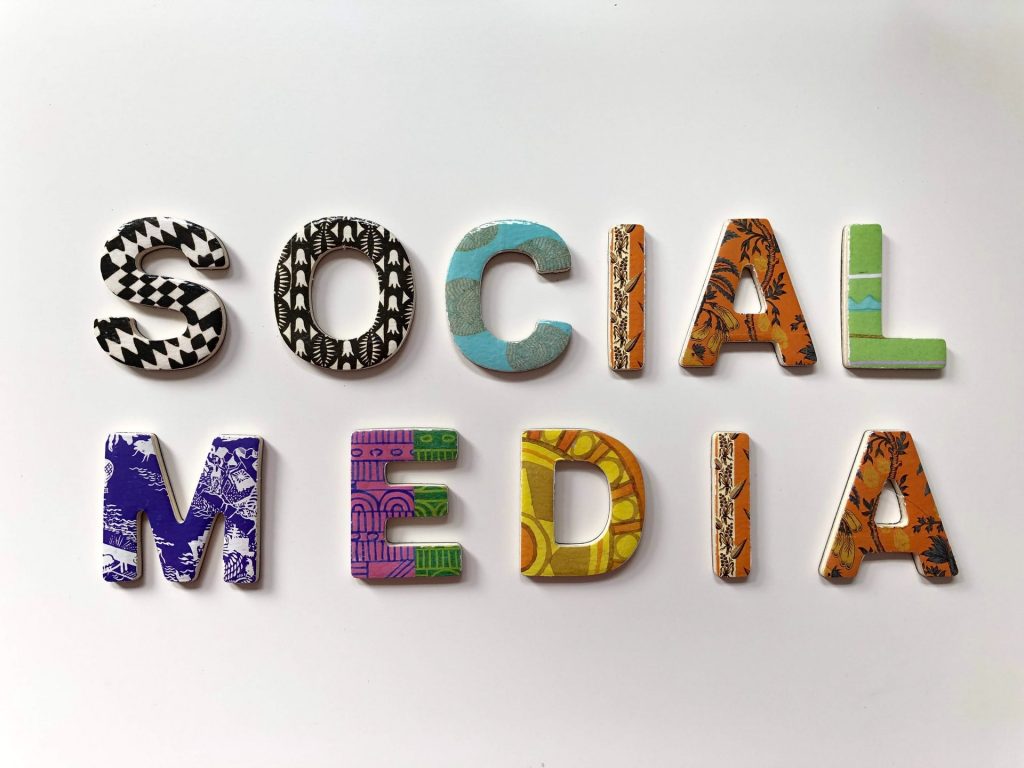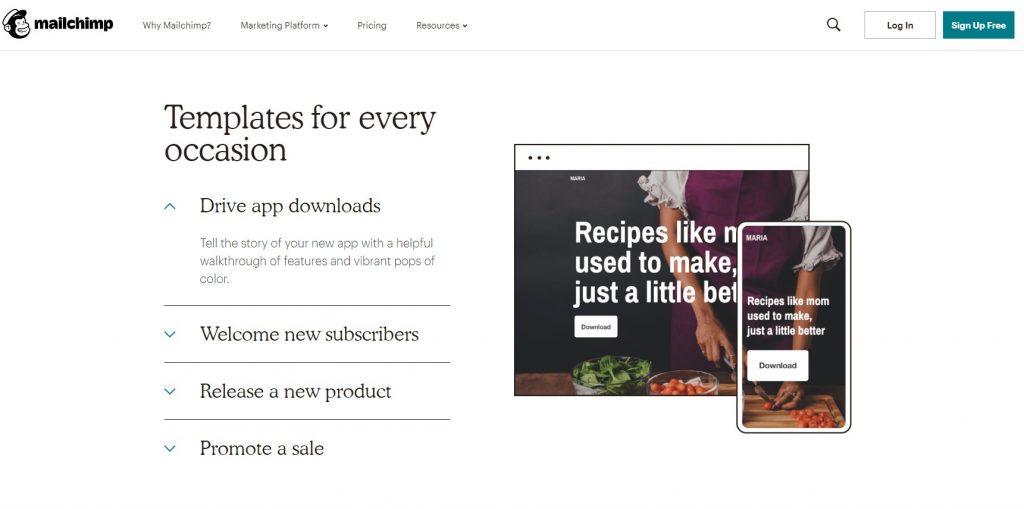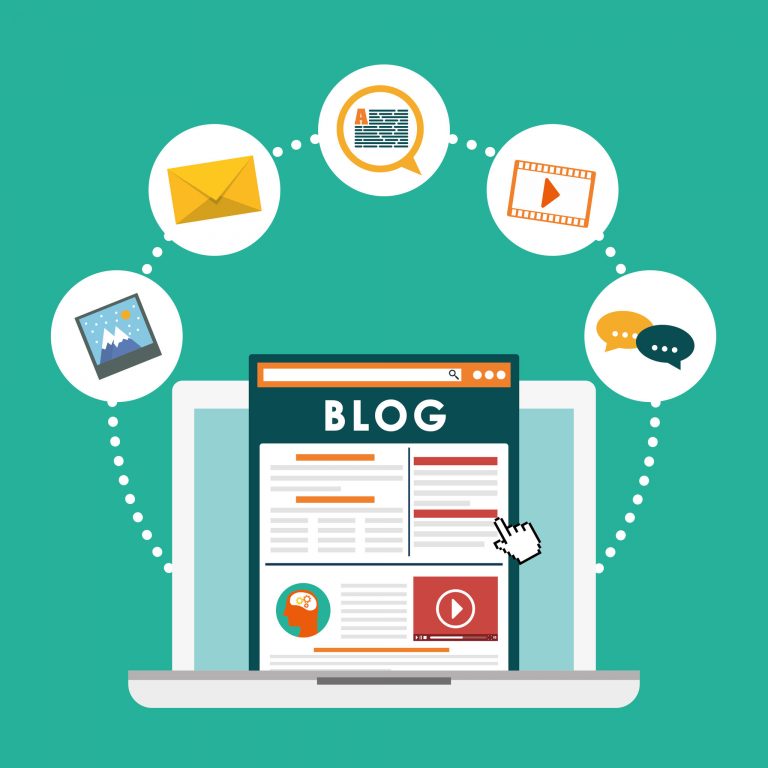4 Best Practices for Marketing Automation
Building strong ties with your consumer base is one of the most powerful things you can do for your business’s development. Proper customer relationship management (CRM) helps you retain the customers you currently have, and it also builds your image as a brand caring about those it serves. In a crowded market space, figuring out how to stand out from the competition isn’t an easy task.
Research from the Small Business Administration (SBA) states around 30.2 million small businesses exist in the United States. Figuring out how much of your time and resources to spend on different technological advances can give you an edge or send you flailing.
Marketing automation is one way you can keep up with more prominent firms that might have dedicated marketing staff. With the COVID-19 pandemic, businesses are scrambling to take marketing online while continuing to reach out to customers and create a personal bond. Automating campaigns may be more critical than ever in a world suddenly lonely and impersonal to many consumers.
No matter what size your company is, or even if you’re a solopreneur, you can employ some best practices for marketing automation to help you nail your promotional efforts now and in the future. Here are a few of them:
1. Segment Your Audience

One of the most significant advantages of CRM software is taking massive amounts of data about your customers and allowing the computer to sort through it all, searching for patterns. Once you’ve identified some clear trends, it’s much easier to segment your audience. Ads bombard people day in and day out.
There are ads on the radio, commercials on TV, pop-ups on websites, and social media messages. Personalizing your ads to a specific audience type is much more likely to gain results because the message is no longer generic.
Utilize real-time data to understand your audience’s needs. The people visiting your website might change throughout the day, depending on numerous factors. Perfect your sales funnel by following a customer as they move through the conversion process. See if they react the way you expect at each touchpoint or if you need to refine specific elements.
Once you’ve divided your users into groups, create a buyer persona for each segment. Look at the character’s behaviors and consider the best ways to reach them on an emotional level.
2. Operate Multi-Channel Campaigns

An old rule of thumb in advertising is a person must see your message seven times or more before they remember you. In today’s noisy, distraction-filled world, the actual number may be higher. One way to access your target audience and make an impression is by reaching them through multiple channels.
Run a campaign targeting the same audience through social media, email, and even snail mail postcard offers. Many of these touchpoints are easily automated, such as setting up a drip campaign via email or pre-scheduling social media posts. Keep in mind how different people respond to different types of mediums. This strategy can help you increase your chances of contacting more of your buyers with a multi-channel effort.
Remain consistent through all your channels, so the user gets the same message from you over and over. To expand your reach, look for avenues you may have ignored in the past.
3. Create Templates

Even though you might automate much of the marketing work, you still want a sense of cohesion among your different marketing efforts. Part of branding is presenting consistency and reliability to your audience. Create email templates and then use a shortcode to plug in the subscriber’s first name, automating the personalization. Create social media post examples, so all your posts are recognizable as coming from you.
Templates may take a little time upfront but can become part of your brand’s style guide. They’ll also save you time later on when you simply grab the right pre-made email and use your program to plug in names or personal messages based on past buying behavior.
Nearly any email service you use offers the ability to create your template and save it for future campaigns. You can also code a model email with HTML. If you aren’t sure how to create a template, hire a designer to make a few for you. You might want one for sales announcements, another for press releases and a final one for informational emails.
4. Utilize Cookies

If you aren’t already using cookies to track your site visitors’ habits, then you are likely missing out on sales. Inform visitors you’re using the cookies, so you comply with the General Data Protection Regulation (GDPR) and other privacy laws. Then, figure out how best to automate the process and serve personalized content to each person.
For example, if Mary Smith visits your site and looks at red blouses, the next time she comes to your page, you might want to show her some of the shirts she looked at and remind her she was interested in a red blouse.
Combine cookies with past buying habits for a powerful marketing message. For example, if someone searches for safe ways to shop on your website, you should be ready with a pop-up about your COVID-19 practices.
Set the code to declare a cookie before designing the rest of a page. You’ll need to decide what type of information the cookie should store, such as pages viewed, time spent on the page or how many times the visitor came to your page.
Focus on Time-Saving Measures
The best way marketing automation can help your business is by saving you time. Look at the tasks you repeat over and over that usually don’t require a personal touch. You can also utilize your CRM system to understand better who you’re marketing to and how they respond to different mediums and messages.
With a little attention to detail and a bit of modern technology, even the smallest businesses can gain an edge. Add a personal touch for even better results with your specific marketing niche.






